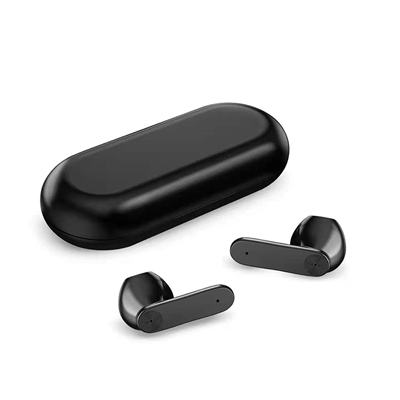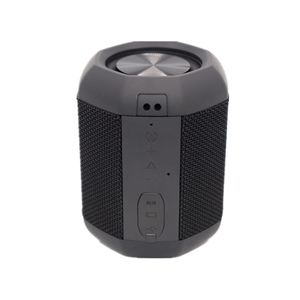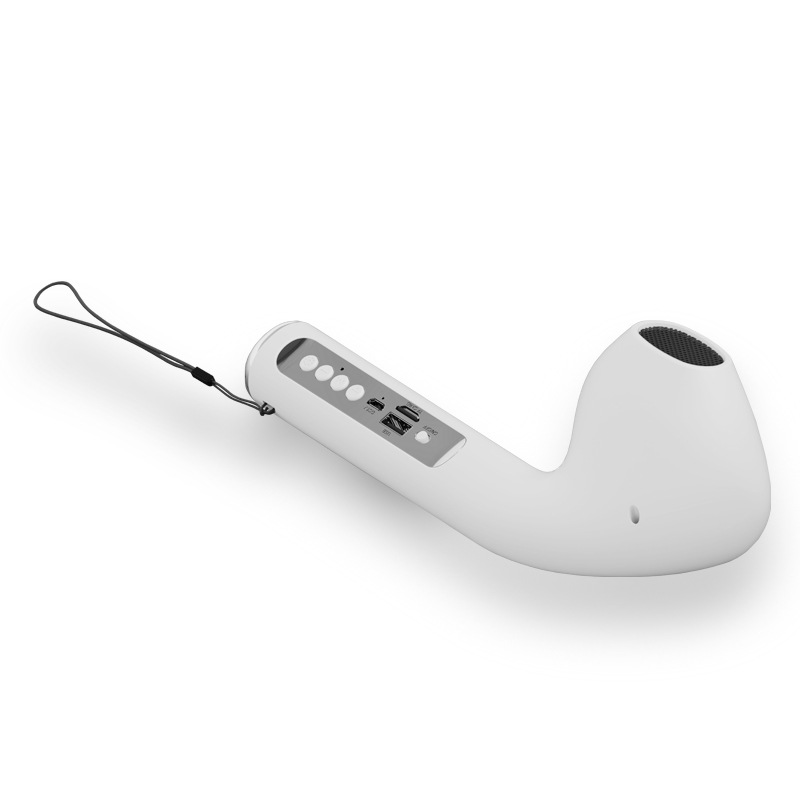Bluetooth Speaker Factory Tell You How To Analyze The Fault Of Bluetooth Speakers?
 Jul 04,2022
Jul 04,2022

 MiBA
MiBA
The Bluetooth speaker system is one of the important components of Bluetooth audio equipment, usually composed of speakers, frequency dividers, cabinets, sound-absorbing materials, etc. The failure rate of the speaker system is low, and the types of failures are few. There are the following four types of common failures.

Silent
1. The speaker wiring is broken or the crossover is abnormal. After the speaker wiring is broken, the speaker unit has no excitation voltage, which will cause a silent failure. The frequency divider is generally not easy to break, but the lead joints are de-soldered, the frequency dividing capacitor is short-circuited and other faults may occur.
2. Broken voice coil. Use the multimeter R×1 gear to measure the solder lugs of the speaker lead wires. If the resistance value is ∞, use a knife to scrape the ceiling painting of the leads at both ends of the voice coil to expose the bare copper wires. Broken wire; if the measurement has been passed and there is a "click" sound, it means that the voice coil lead is broken, you can solder the wire end, and then use another piece of enameled wire similar to the voice coil winding to solder it properly.
3. The Bluetooth speaker lead is broken. Because the speaker cone vibrates frequently, the braided wire is easily broken, and sometimes the wire is broken, but the cotton core wire remains connected. This braided wire is not readily available and can be replaced by a slightly longer flexible wire.
4. Voice coil burned out. Use the multimeter R×1 to measure the speaker leads. If the resistance is close to 0Ω and there is no "click" sound, it means that the voice coil is burned out. Before replacing the voice coil, you should first remove the debris in the magnetic gap, then carefully place the new voice coil into the magnetic gap, straighten the voice coil, and fix the upper and lower positions of the voice coil with super glue while listening. After positioning, use super glue to fill the gap between the voice coil and the paper cone to about half, seal the dust cover after Z, and put the speaker cone up, and it can be used normally after a day.
The sound comes and goes
1. The Bluetooth speaker leads are bad. It is usually caused by mildew or poor welding of the voice coil leads. When the paper cone vibrates frequently, the breakpoint is sometimes connected and sometimes disconnected, resulting in a fault that does not ring when it is irregular.
2. The voice coil leads are broken or are about to be shorted.
3. The power amplifier output jack is in poor contact or the speaker input cable is disconnected.
1. The Bluetooth speaker has poor performance, and the magnetic properties of the magnets are degraded. The sensitivity of the speaker mainly depends on the magnetism of the permanent magnet, the quality of the paper cone, and the quality of the assembly process. You can use ferromagnetic objects to touch the magnetic steel, and roughly estimate the magnetic strength of the magnetic steel according to the size of the attractive force. If the magnetism is too weak, you can only replace the speaker.
2. The magnetic core column is loose. When the magnetic conductive core column of the speaker is loose, it will be attracted to one side by the magnetic conductive plate, so that the voice coil is squeezed and hinders normal sound production. When overhauling, you can press the paper cone lightly with your hand. If it does not press, it may be that the voice coil is pressed by the stem, and it needs to be disassembled and re-bonded before it can be used again.
3. The divider is abnormal. When there are bad components in the frequency divider, the signal of the corresponding frequency band is blocked, and the loudspeaker of this frequency band has a small volume failure. It is important to check whether the crossover capacitor in parallel with the woofer is short-circuited and whether the crossover inductor in parallel with the tweeter is short-circuited between layers.

abnormal sound
1. There is debris in the magnetic gap. If debris enters the magnetic gap, the voice coil will rub against the debris when it vibrates, resulting in a hoarse sound.
2. Voice coil wiper. The position of the voice coil is not correct, and it rubs against the magnetic core, causing the sound to be distorted. The position of the voice coil should be corrected or the voice coil should be replaced during maintenance.
3. The paper cone is broken. If the damaged area is large, the paper cone should be replaced, and if the damaged area is small, a slightly thinner paper cone or other paper with better toughness can be repaired.
4. Bad box. Poor sealing of the box or improper installation of the decorative grille will cause cracking sounds during playback. In addition, if the cabinet plate is too thin, it will cause resonance and abnormal sound.




 Home
Home What are the benefits of using outdoor bluetooth speakers
What are the benefits of using outdoor bluetooth speakers  You May Also Like
You May Also Like





 Tel
Tel
 Email
Email
 Address
Address














